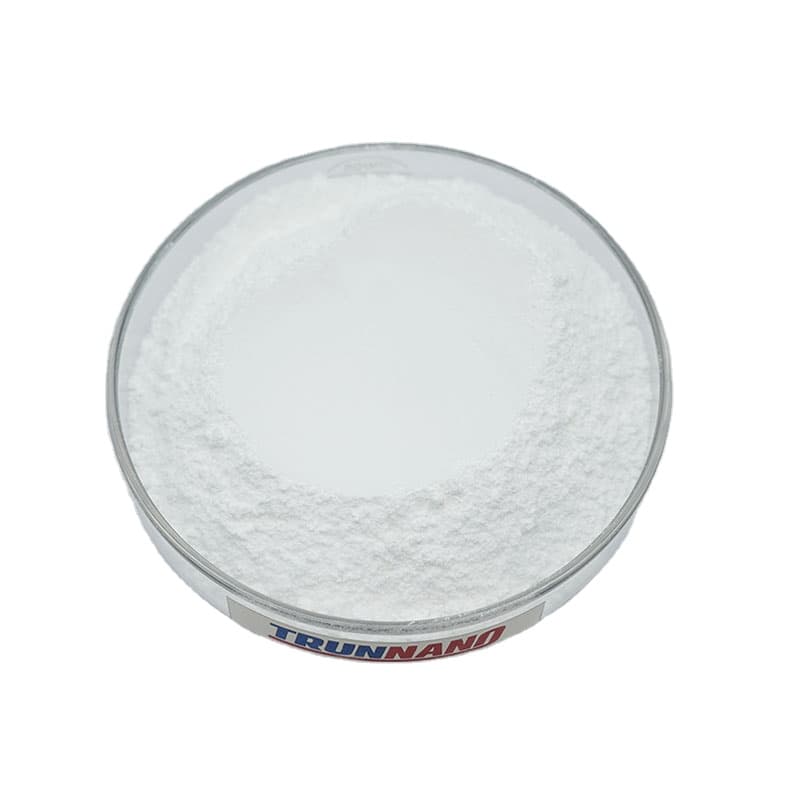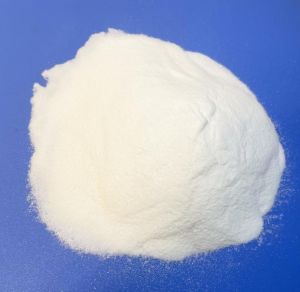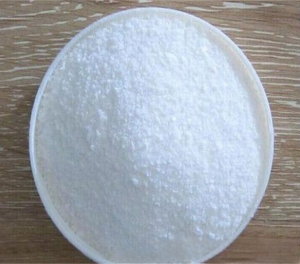Professional solutions on concrete addtives, Concrete Foaming Agent, Superplasticizer, CLC Blocks Additives, and foaming machine
(Concrete admixture characteristics)
What Concrete admixtures
Concrete admixture generally refers to the concrete preparation process, and silicate cement or ordinary silicate cement together to form a cementitious material, silicon, aluminum, calcium, and one or more oxides as the main components in concrete can replace part of the cement, with the specified fineness and coagulation properties, can improve the workability of the concrete mix and concrete strength, with volcanic ash activity, or potential water hardness of the Separate materials, the amount of admixture is generally not less than 5% of the number of cementitious materials, the main role is to improve the workability, stability, durability and corrosion resistance of concrete. The seven types of admixtures are indicated as follows: Type A—water reducing; Type B—retarding; Type C—accelerating; Type D—water reducing and retarding; Type E—water reducing and accelerating; Type F—water reducing, high range; and Type G—water reducing, high range, and retarding. Concrete is one of the main civil engineering materials nowadays, with the characteristics of low Price and a simple production process. Because of its high compressive strength, a wide range of strength levels, and good durability performance, actual use is also increasing. But ordinary concrete, to a large extent, can not meet some special performance requirements of the project, so generally will be added to the admixture to improve the various properties of concrete. Pozzolanic admixtures: These are materials, such as fly ash and silica fume, that can react with the calcium hydroxide in concrete to form additional cementitious compounds and increase the strength of the concrete. Admixtures are usually provided in a liquid form. Some admixtures, such as pigments, pumping aids, and expansive agents, are typically added manually from pre-measured containers as the amount used is very small. Admixtures can be of two types – natural and chemical admixtures. Natural admixtures include rice husk, egg mix, flour, ghee, etc., while chemical admixtures include GGBS, fly ash, pozzolana, and so on.
What is the replacement of admixture in concrete?
Mineral fine powder in the concrete has good cohesion and improves the workability of fresh concrete; into the mineral fine powder, due to the corresponding reduction in cement clinker, the total heat of hydration of cement will be reduced, which can reduce the temperature rise of concrete; can adjust the strength of concrete development, and can improve the chemical erosion resistance of concrete, enhance the durability of concrete. The dosages required are between 0.005 to 0.05% by mass of concrete, and it is advisable to mix it with batching water for uniform dispersion. The air content is controlled between 3 to 6%. The method of measuring air content is given in IS 1190. The finer the slag is ground, the higher its activity, mixed into the concrete, the greater the heat of hydration of early production, the less conducive to reducing the temperature rise of concrete. When the specific surface area of slag exceeds 400m2/kg, used in the very low water-cement ratio (less than 0.30) of concrete, the early strength of concrete increases since the increase in the amount of shrinkage admixture. Admixtures offer high workability, high compressive strength, durability, watertight, wear resistance, and high finish for complex modern structures, which is expected to drive the growth of the concrete admixture market. =Calcium chloride is an accelerator, meaning that it accelerates the setting time of the concrete. On the other hand, gypsum and calcium sulfate are retarders, and they tend to slow down the setting of concrete. The main difference between admixtures and additives is the stages at which the substances are added to concrete or cement.
Concrete admixture characteristics?
Concrete admixture generally has a certain potential activity, can play the volcanic ash effect, morphological effect, micro-aggregate effect, and interface effect, and can replace 10% to 50% of conventional ordinary silicate cement. Concrete admixture can also play a filling effect in the concrete and play a role in regulating the strength level of concrete or mortar. The fineness of admixture is finer than the fineness of cement mix, and its specific surface area is generally 400 to 450㎡/kg and above, or even higher, such as silica fume. The current mature concrete admixture has national standards or line standards from the concrete material system; the cement mix can not replace the concrete admixture. The findings revealed that banana peel ash and banana peel powder positively influence the strength properties of concrete. In contrast, plantain peel ash did not yield adequate strength qualities but can be satisfactorily employed as a retardation admixture because it increases the setting time of concrete.
Price of Concrete admixtures
Concrete admixtures particle size and purity will affect the product's Price, and the purchase volume can also affect the cost of Concrete admixtures. A large amount of large amount will be lower. The Price of Concrete admixtures is on our company's official website.
Concrete admixtures supplier
If you are looking for high-quality concrete additives, please feel free to contact us and send an inquiry. (sales@cabr-concrete.com). We accept payment via Credit Card, T/T, West Union, and Paypal. TRUNNANO will ship the goods to customers overseas through FedEx, DHL, by air, or by sea.
(Concrete admixture characteristics)









